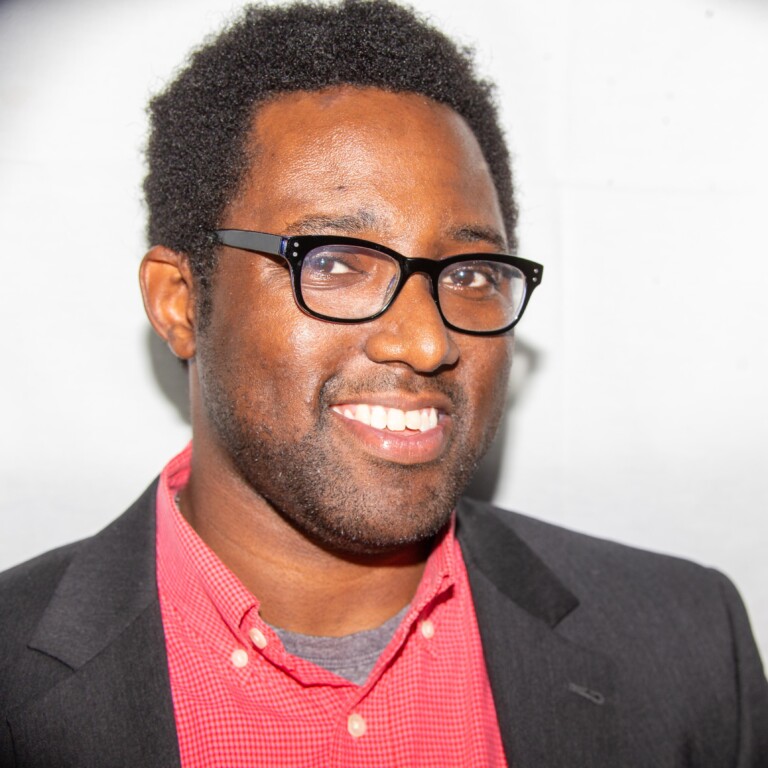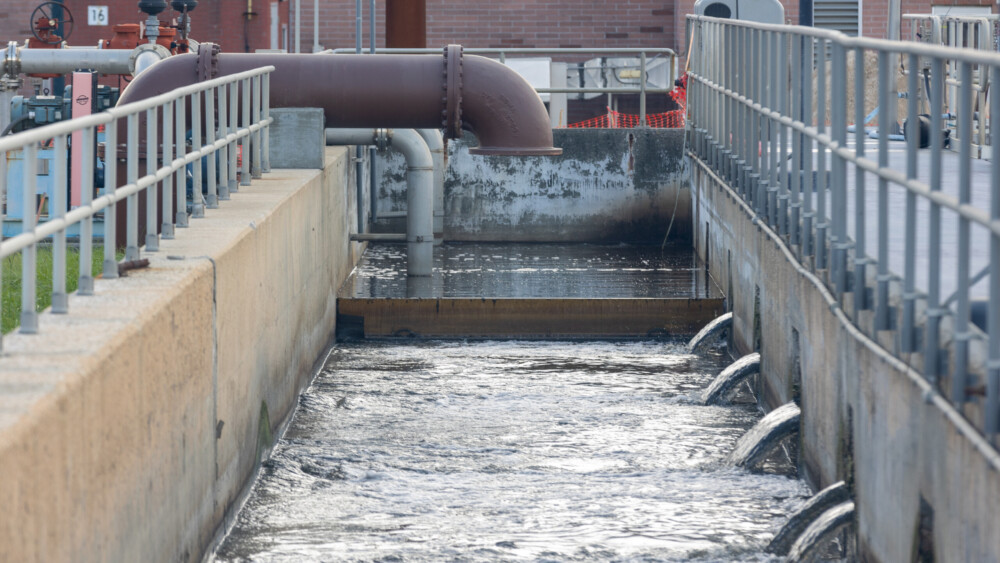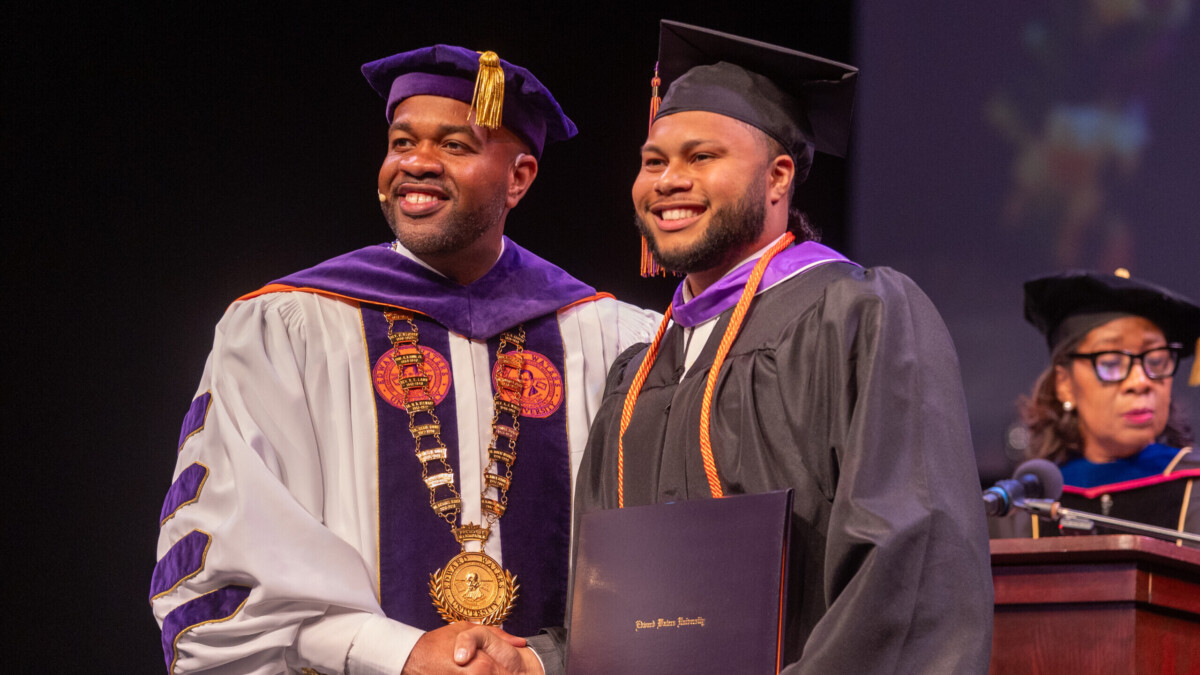In Jacksonville, flushing the toilet is the beginning of a journey to the St. Johns River.
Before it becomes one with nature, much of our wastewater flows through the Buckman Water Reclamation Facility on the city’s Eastside.
Over the next five years, JEA plans to spend hundreds of millions of dollars upgrading it and other wastewater facilities as it incorporates new technologies.
Earlier this month, Jacksonville Today visited the Buckman Water Reclamation Facility, which processes a minimum of 20 million gallons daily, to learn more about the public utility’s investment.
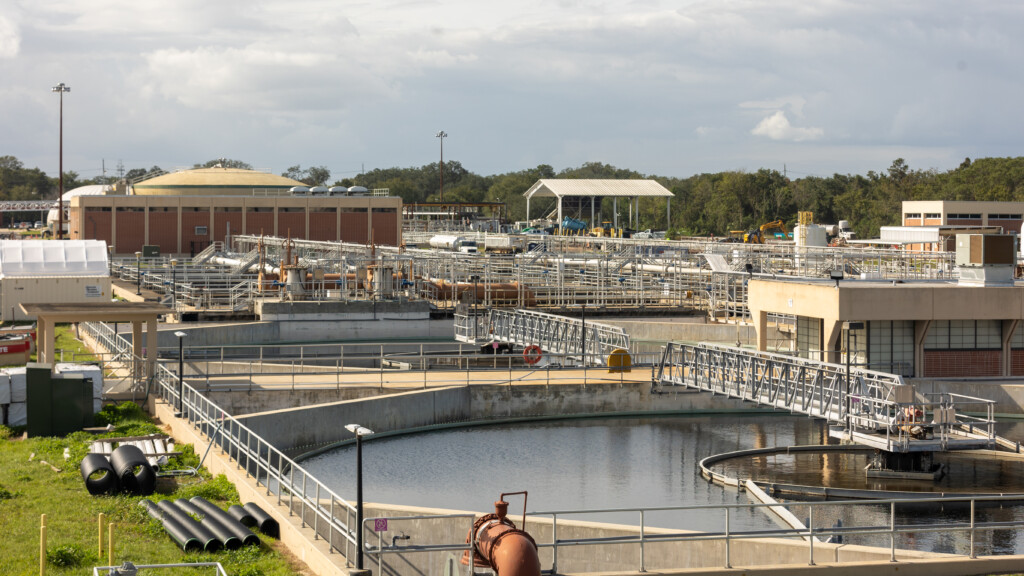

The 65-year-old facility is the largest of the treatment facilities in JEA’s network, treating water that is flushed or drained in San Marco, Ortega, the Eastside and portions of the Westside.
JEA operates more than 4,300 miles of wastewater pipe beneath portions of Duval, Nassau, Clay and St. Johns counties. The utility serves more than 315,000 wastewater customers across the four counties, with 11 wastewater facilities that collectively treat an average of 80 million gallons daily.
JEA took control of the Buckman facility in 1997 when it took over water and sewer responsibilities for the River City.
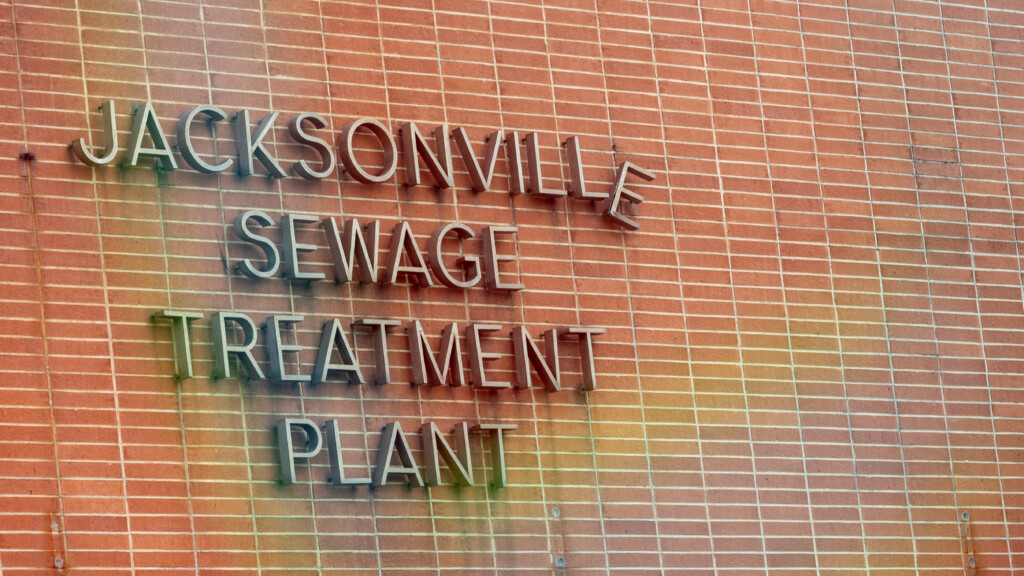
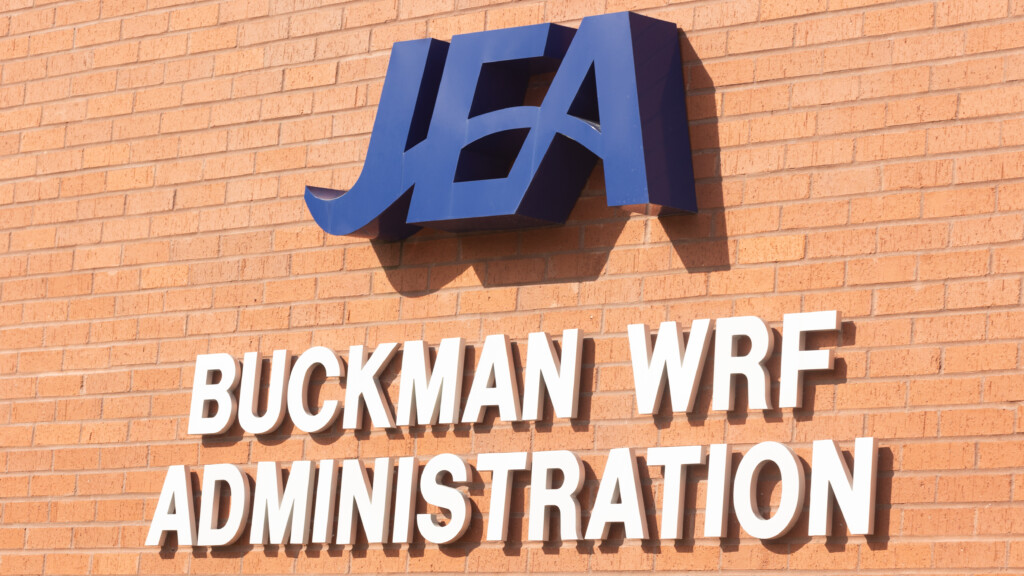
JEA Deputy Chief Financial Officer Joe Orfano says the utility spent approximately $300 million in capital improvements at Buckman in the first 25 years it controlled the facility. Currently planned projects will cost more than that on a much shorter timeline.
Turning brown into green
The most expensive of the Buckman projects is a $275 million biosolids facility that will convert the sludge into Class AA biosolids — that’s utility speak for the organic matter that’s removed from the water and can be reused as fertilizer. Chris Howard, the wastewater treatment operations coordinator at Buckman, expects the biosolids facility to be in service by mid-2028.
This week, the JEA board of directors unanimously approved spending $67.9 million more to enhance the Buckman facility.
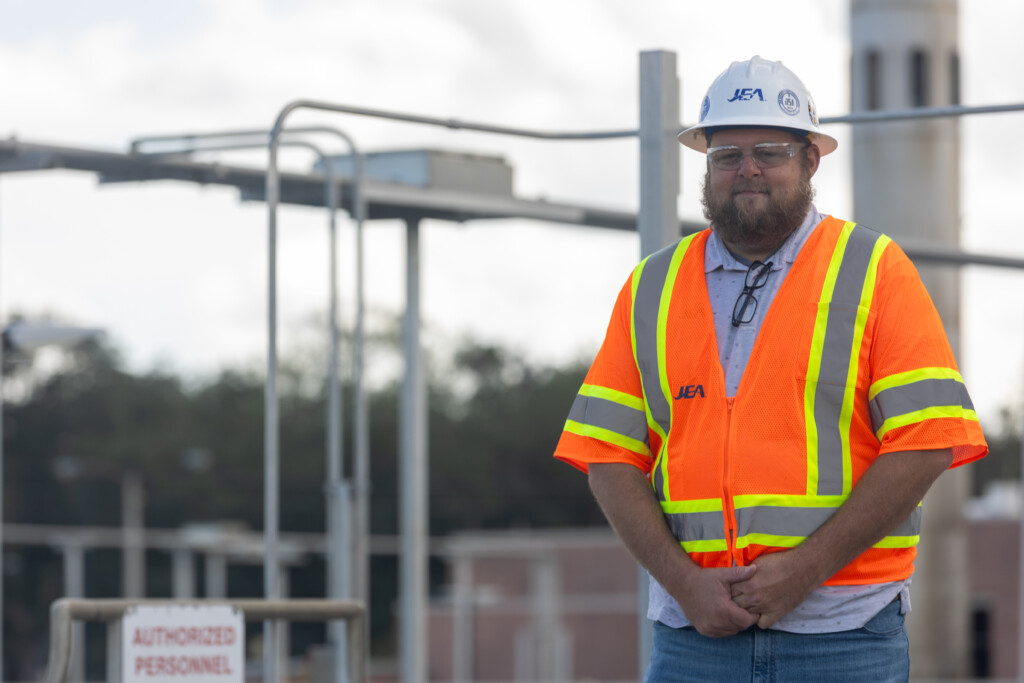
You might know Howard, a Terry Parker High graduate who’s worked with JEA for over two decades, from his star turn in the JEA PSA “Invasion of the Fatbergs” in 2019, showing what happens to the utility’s wastewater system when people send cooking grease, tampons, gum, toilet wipes and more down the drain.
The biosolids process at the Buckman facility includes anaerobic digestion — using bacteria to treat wastewater without oxygen — as well as heat drying and composting. Lastly, chemical stabilization finishes the sludge-to-biosolid journey, and the resulting pellets are sold to fertilizer companies.
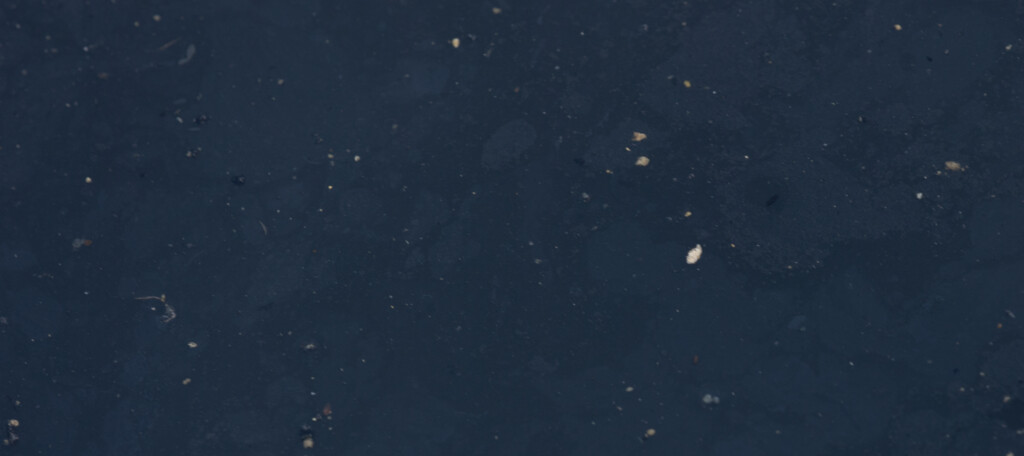
For the 20 years ending in 2022, JEA earned approximately $100,000 annually through the sale of these fertilizer pellets. The pelletizer closed for renovations in 2022 but is now back online.
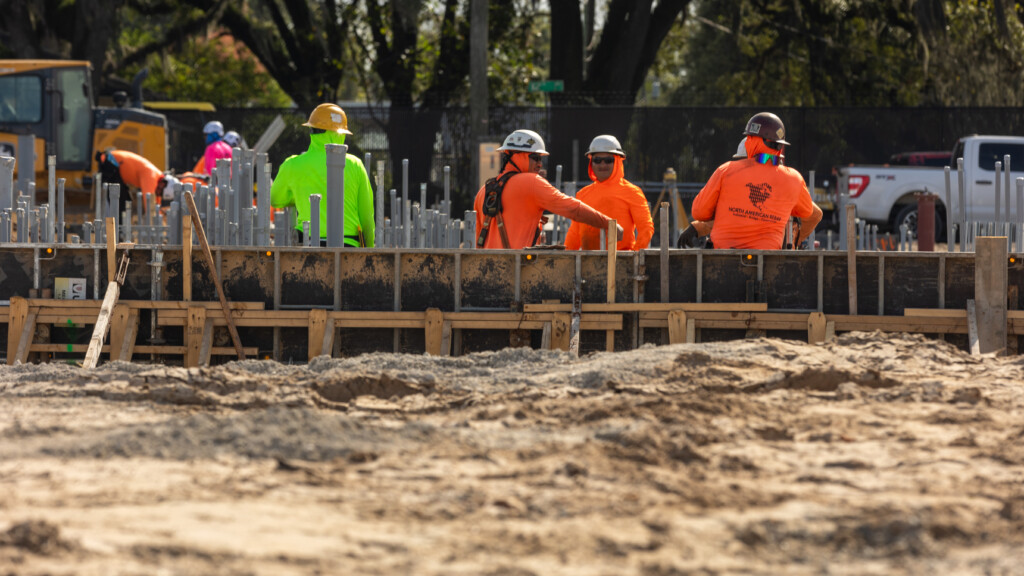
Jacksonville-based Green Technologies, LLC was one of the firms that purchased pellets from JEA.
Protecting the water supply
Over the last half decade, both the state and federal government have sought to increase the reuse of water as Florida’s exploding population strains existing infrastructure, especially in the Orlando area.
In 2021 the Florida Legislature unanimously passed Senate Bill 64, which incentivized development of drinkable reuse projects. JEA CEO Vickie Cavey is expected to provide an update to the board of directors in January on how the utility has adjusted to the new law.
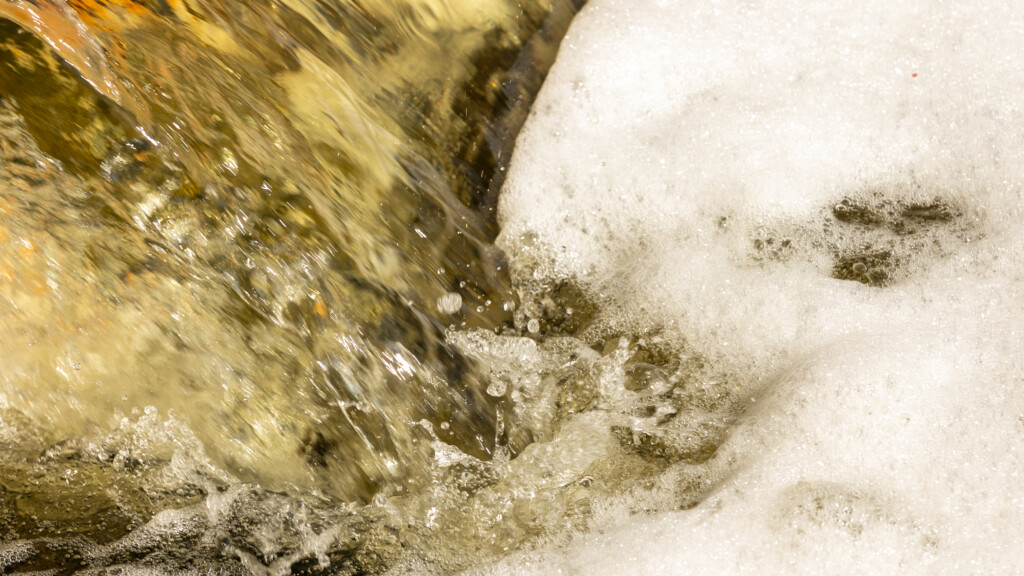
The federal Inflation Reduction Act of 2022 also extended tax credits for investing in anaerobic digestion systems, similar to the one at the Buckman.
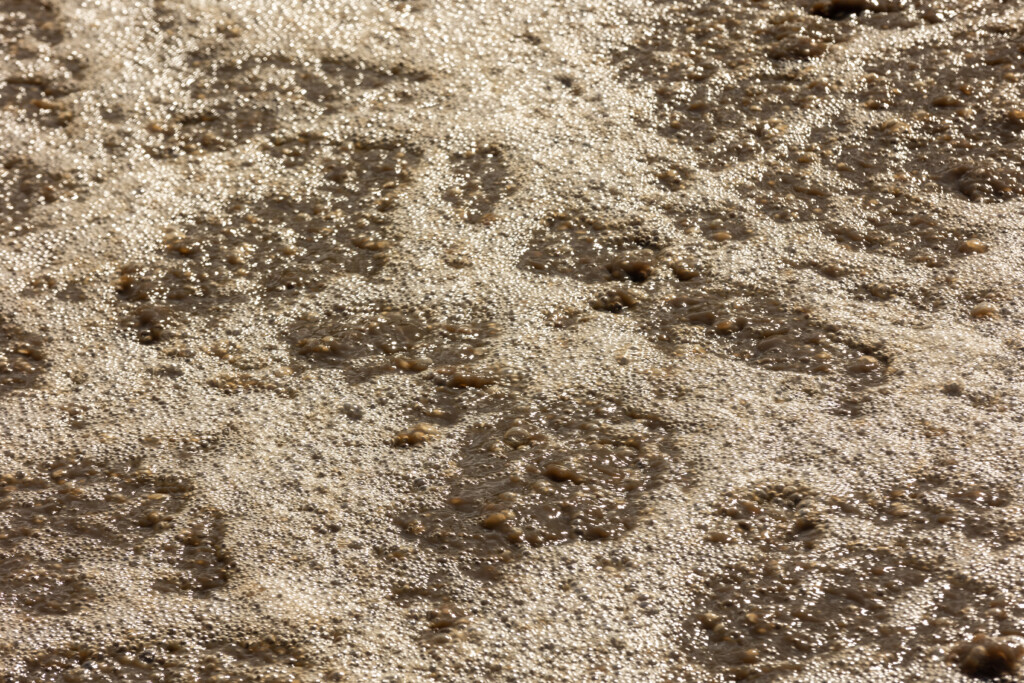
Peter Doherty, a senior project manager at JEA, said Floridians are pulling more from the aquifer than is being recharged. He says the effluent water that flows from the Buckman Water Resource Facility into the St. Johns River eventually replenishes the aquifer, but not at the rate of the withdrawals.

The next horizon for JEA’s water reuse is a H2.0 Purification Center near Deerwood that would purify up to one million gallons of water a day to replenish the Floridan Aquifer. It is expected to open in late 2025.
“I really think we are the last line of defense in protecting the environment,” Howard says. “That’s a big part of what we do and I love to share it with the community.”
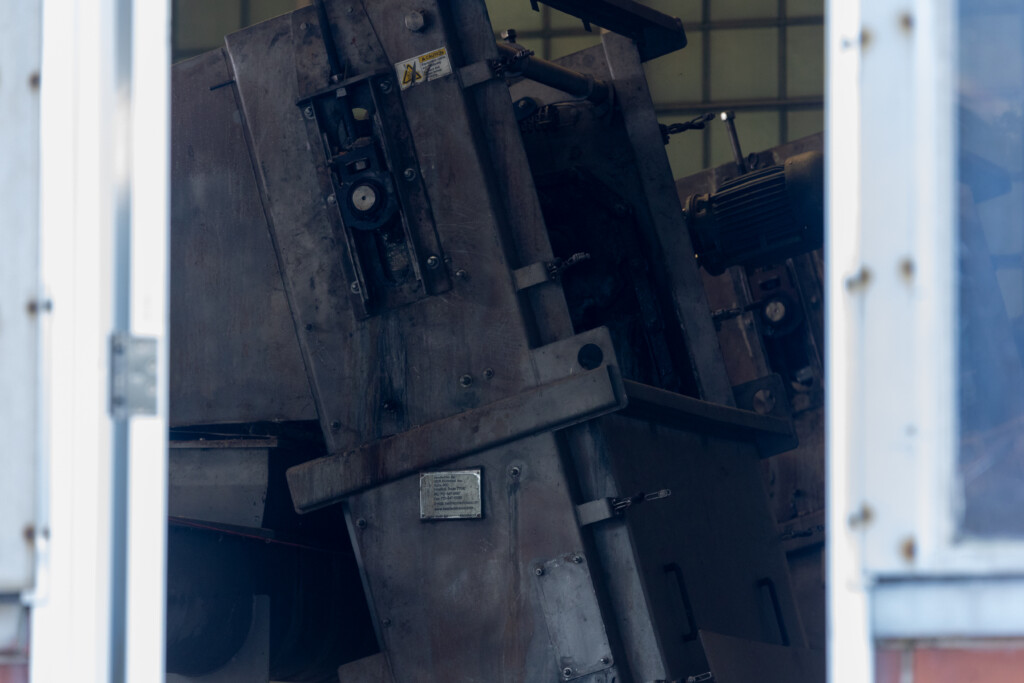

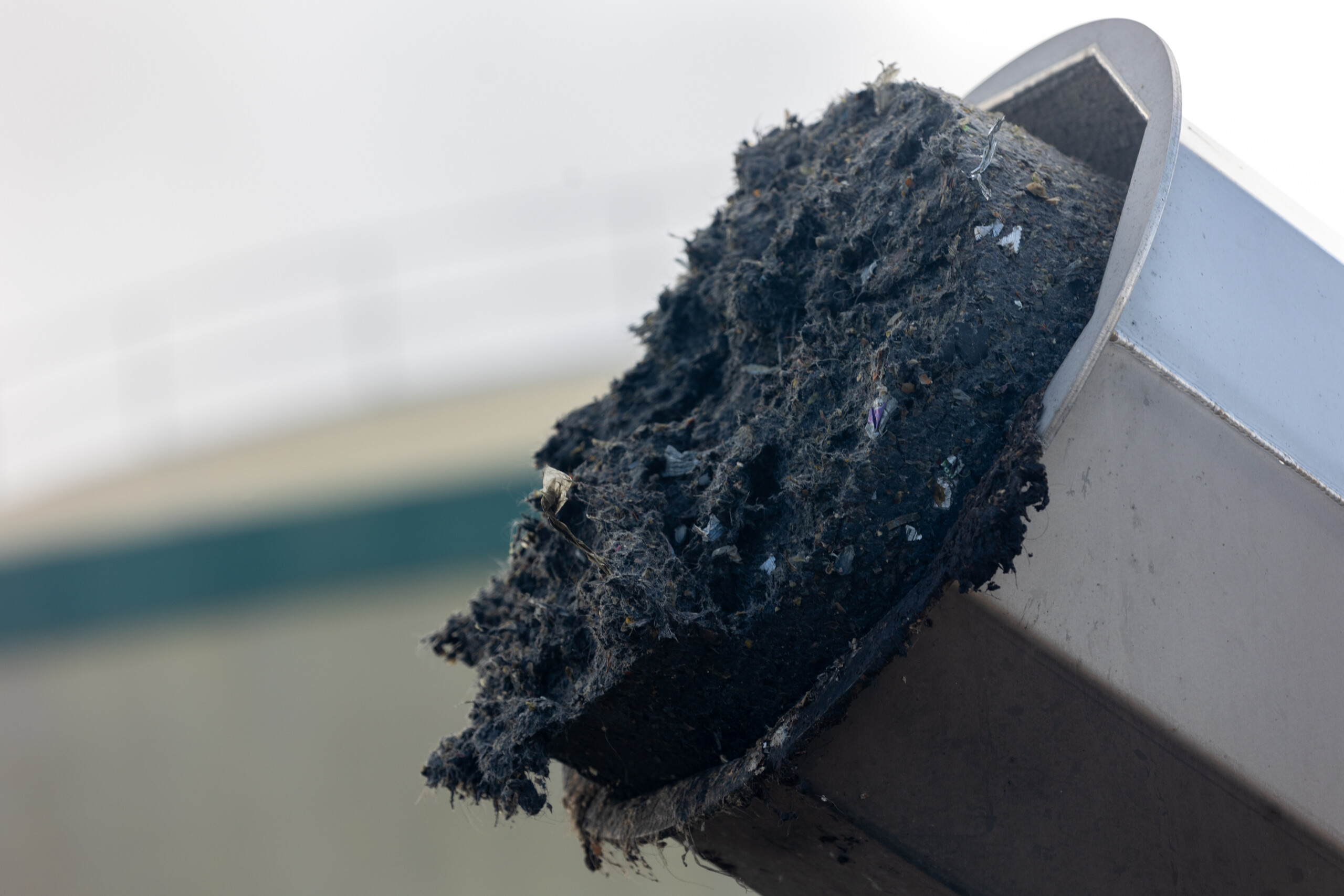
The water treatment process includes: (top) bar screens to remove large material from the water entering the Buckman Water Reclamation Facility; four pumps that lift wastewater above ground, so it can use gravity to flow during the rest of the process (bottom left) as well as fine screens that use plates 6 millimeters apart to remove materials (bottom right). | Will Brown, Jacksonville Today
This week, JEA’s board also approved spending $4.6 million to purchase 23 acres at its Blacks Ford Water Reclamation Facility in St. Johns County. That purchase is part of $240.5 million in investments that will double the capacity of the Blacks Ford facility.
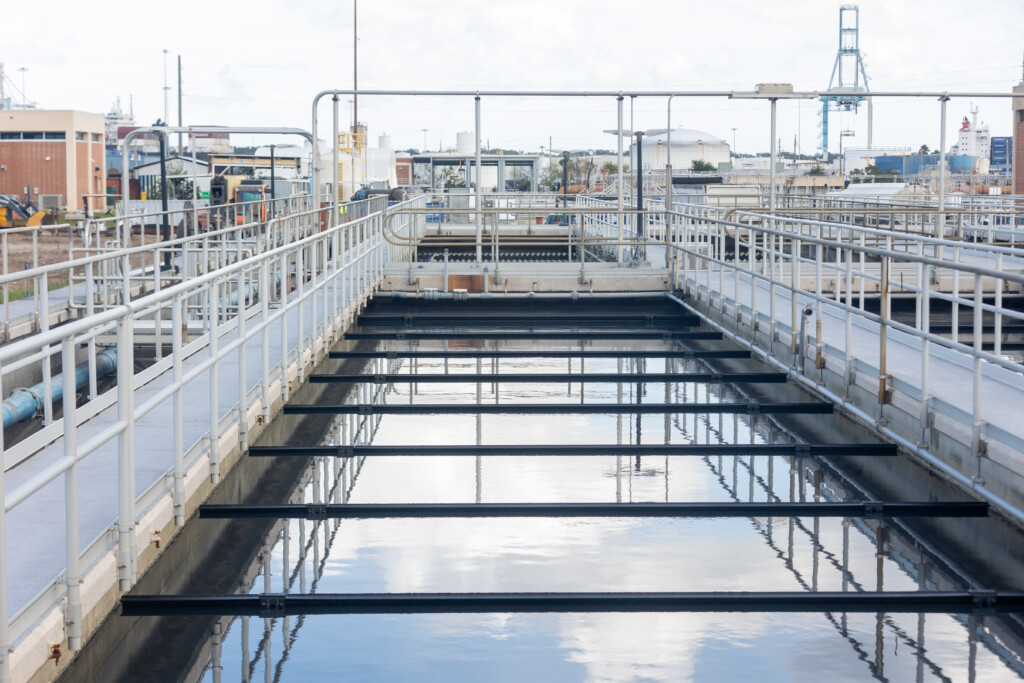
While most people may not devote a lot of time thinking about what happens when they flush the toilet, it’s something that Howard has done for the last 23 years.
“For Buckman, we get waste from all over,” Howard said with a smile. “Figuring out how to treat things is fun.”
